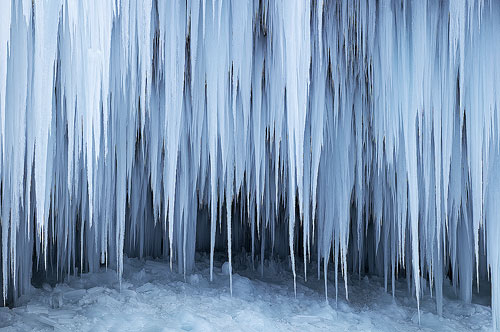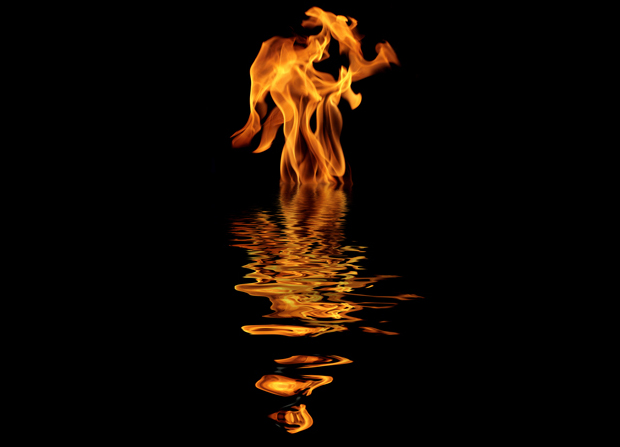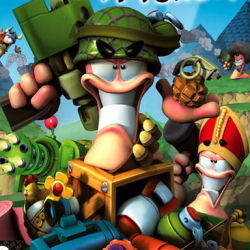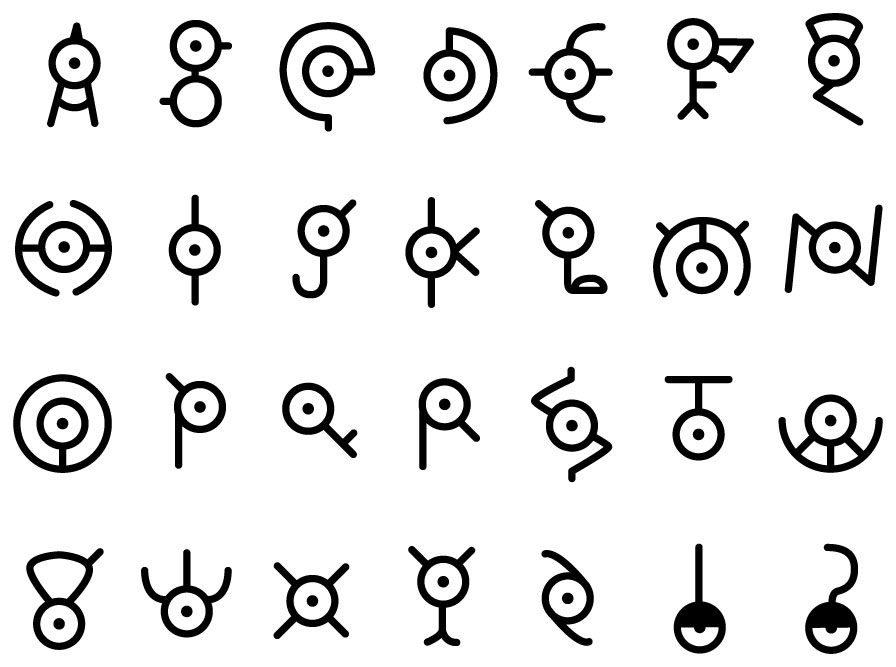Admittedly, progress has been slow in terms of getting this project rolling. After a tutorial with Phil earlier in the week, and going away to have a think/do some research, I think I am finally able to make my move.
Originally, my idea was to design a weapon for a character which I would later go on to producing in the Major project. My ideology behind this was for the weapon to give direction and drive for the actual character design. The idea now is that I will be designing & producing my character for the minor instead, the weapon is now a wavering decision. Now that's out of the way, I'll go onto talking through some ideas.
Taking on Phils advise, I've decided to go back to basics, looking at the real world for inspiration. Previously, I was looking at swords, guns and other weapons (previous idea). Phil then asked about my character, which then went onto describing its generic ism (which I agreed with). So now, instead of focusing on what my character may or may not be wearing, I am now looking into what my character would be made of. The fact is the character doesn't just have to be just a regular human being, this has finally sunk in so now I am looking elsewhere. I know for certain that I want the character to be of a firm substance, but I still want it to be interesting. Here are some substances I've researched so far.
Ytterbium
 |
| [1] Ytterbium |
"Ytterbium is a soft, malleable and ductile chemical element that displays a bright silvery luster when in its pure form. It is a rare earth element, and it is readily attacked and dissolved by the strong mineral acids. It reacts slowly with cold water and it oxidizes slowly in air." Ytterbium is also said to be somewhat hazardous as an eye and skin irritant. The metal is a fire and explosion hazard, especially in metalic dust form. Ytterbium metal seems a good contender to be the make-up of an object. However, it is said to be a reactant to water and has many other interesting distinctions. For example, Ytterbium is paramagnetic (meaning it is only attracted when in the presence of an
externally applied magnetic field) which make it different to other rare-earth metals which bear different magnetisms. Ytterbium has the smallest range of liquid temperature compared to all other metals and it reacts slowly with cold water and quite quickly with hot water to form Ytterbium Hydroxide. Ytterbium is a rare material which doesnt provide much commercial use; The world production of ytterbium is only about 50 tonnes per year, but it is still significantly more abundant than its immediate neighbors,
thulium and lutetium.
Thulium
 |
| [2] Thulium |
Thulium is very similar to Ytterbium and is found in the same place, the main differencess about it is that it is a softer metal, easily malleable, is ferromagnetic (as opposed to the less common paramagnetic) and has a higher melting point. The element is never found in nature in pure form, but it is found in small quantities in minerals with other rare earths.
Mercury
 |
| [3] Mercury (Liquid Form) |
Mercury is an extremely rare element in the Earth's crust.
Mercury is a chemical element with the symbol Hg, It is also known as quicksilver or hydrargyrum. Mercury is the only metal that is liquid at standard conditions for temperature and pressure, which is one of its most interesting features. Although it is a rare metal in that it is a liquid, it still has one of the narrowest ranges of its liquid state of any metal with a freezing point of −38.83 °C and boiling point of 356.73 °C. The richest mercury ores contain up to 2.5% mercury by mass, and even the leanest concentrated deposits are at least 0.1% mercury (12,000 times average crustal abundance). It is found either as a native metal (rare) or in cinnabar, corderoite, livingstonite and other minerals, with cinnabar (HgS) being the most common ore. Mercury ores usually occur in very young orogenic belts where rock of high density are forced to the crust of the Earth, often in hot springs or other volcanic regions. Mercury is considered as a "Diamagnetic", meaning it causes its own magnetic field.
The idea behind this element is the character having freedom over its form, being able to shapeshift from liquid to solid simultaneously, when it pleases.
http://van.physics.illinois.edu/qa/listing.php?id=19762
Chromium
 |
| [4] Chromium (Solid Crystal Form) |
Chromium is a chemical element.
It is a steely-gray, lustrous, hard metal that takes a high polish and has a high melting point. It is also odorless, tasteless, and malleable.
TBC




















































